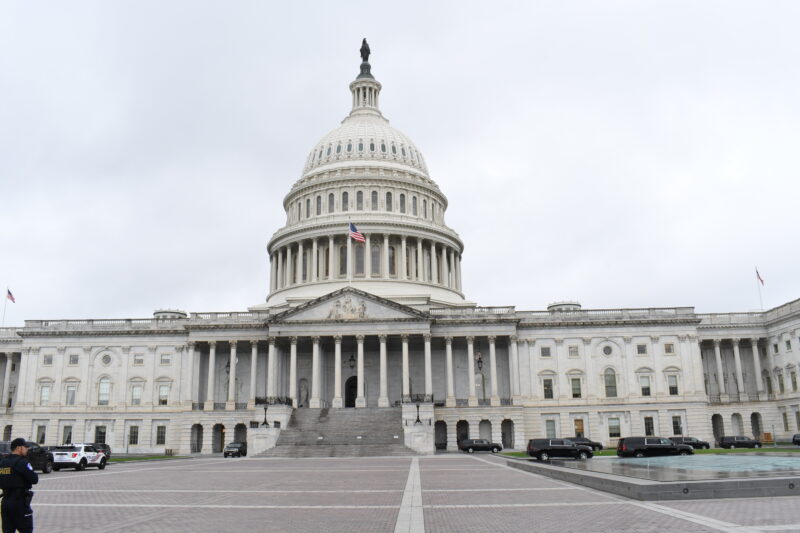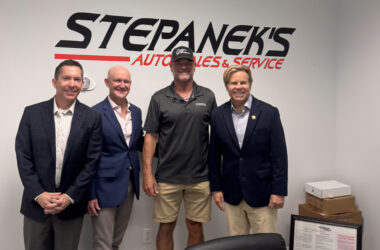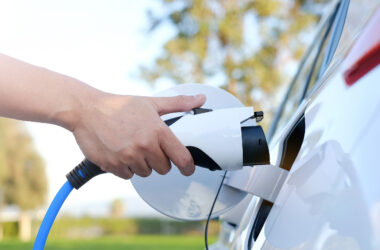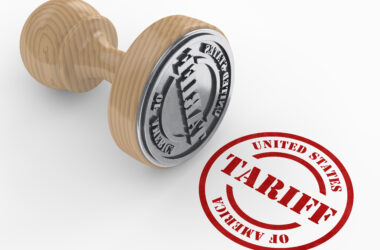After a marathon voting session that went well into the early morning hours Tuesday, July 1, the United States Senate passed its version of a budget reconciliation bill that incorporates many of the president’s domestic policy priorities.
The bill passed by a 51-50 margin, with Vice President J.D. Vance casting the tie-breaking vote. Unlike its House companion, the Senate bill limits a provision allowing for above-the-line tax deductions on qualified auto loans to new vehicle purchases. Limiting applicability reduces the projected cost of the provision by billions of dollars, a flash point among fiscal conservatives seeking to limit the bill’s impact on the federal deficit. The deduction is capped at $10,000 per year and phases out for taxpayers with modified adjusted gross incomes above $100,000, or $200,000 for married taxpayers filing jointly.
The Senate bill would terminate a number of clean energy tax incentives that impact the automotive industry, including the previously owned clean vehicle credit; the clean vehicle credit; and the qualified commercial clean vehicle credit Sept. 30, 2025. The alternative fuel vehicle refueling credit would end June 30, 2026.
Consistent with the House, the Senate bill would generally make the tax rates enacted in the 2017 Tax Cuts and Jobs Act permanent, while increasing the standard deduction amounts. For tax years, beginning after 2024, the standard deduction would increase to $15,750 for single filers, $23,625 for heads of household, and $31,500 for married individuals filing jointly. The standard deduction would be adjusted for inflation after that.
The Senate bill still needs to pass the House, which is actively considering the legislation, with an ambitious goal of delivering a bill to the President for his signature by July 4. NIADA continues to closely monitor developments.










